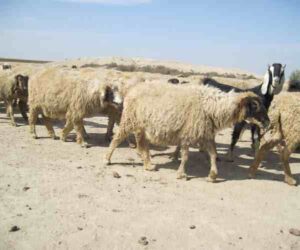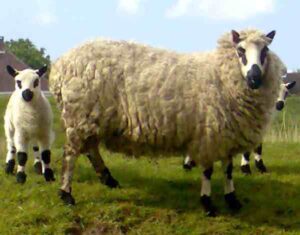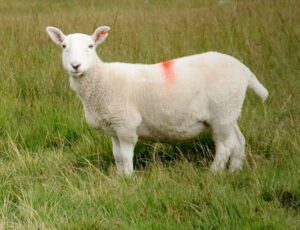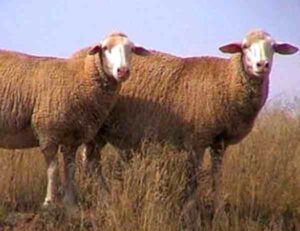The Cotswold sheep is a breed of domestic sheep from United Kingdom. It was originated from the Cotswold hills of the Southern midlands of England. Sheep have been known in this area since the time of the Roman conquest, around 2000 years ago. And this sheep breed may descended in part from the white sheep brought to England by the Romans.
The modern form of the Cotswold sheep breed was developed between 1780 and 1820. It was imported to the United States during that time. And the American Cotswold Record Association was established in 1878. Sheep breeders of the Cotswold Hills started to introduce Leicester rams into the area in about 1780 for improving the carcass quality of the sheep.
Much crossbreeding was practiced during the following 50 years, which resulted a reduction in the size and improvement in carcass quality. Cotswold breeders started to select sheep for larger size after 1825, a part of which the breed had lost, and for heavier fleeces.
The Cotswold sheep breed is relatively rare as of 2009, and categorized as ‘minority‘ by the Rare Breeds Survival Trust of the United Kingdom. Read some more information about this British sheep breed below.
Cotswold Sheep Characteristics
The Cotswold sheep are large animals. They are similar in appearance to the Lincoln sheep. They are mainly white in color with other colors available. Their faces are mainly white in color, but can also be mottled with some light gray or tan hairs. Some small black spots are available on the non-woolly portions of their legs, faces and ears.
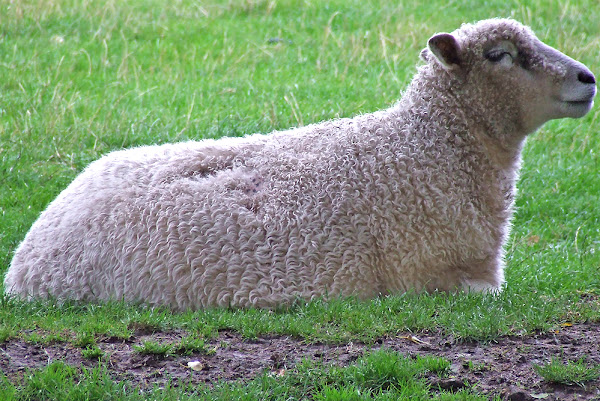
Hooves of the Cotswold sheep are mainly black, but are sometimes streaked with undesirable light or translucent color. The breed usually don’t have full horns, but they occasionally have small scurs. As a large breed, average live body weight of the mature Cotswold rams is around 136 kg. And the mature ewe’s body weight is around 91 kg. Photo and info from Wikipedia.
Uses
The Cotswold sheep are dual purpose animals. They are raised for both meat and wool production.
Special Notes
The Cotswold sheep are hardy animals. They are well adapted to their local environments and are docile in temperament. They are efficient grazers, but they generally require good forage for best performance. The ewes are excellent mothers and take good care of their babies. Both rams and ewes are generally calm and friendly in nature.
The Cotswold sheep don’t have the tight-flocking instinct of the western range sheep. Some strains of the breed are not as prone to internal parasites as others.
Today the breed is raised for both meat and wool production. They produce a very mild-flavored meat, and the meat tends to be far less gamey-flavored than even young lamb of many other sheep breeds.
These animals are also very good for wool production, and their wool is luxurious especially when hand-combed. However, review full breed profile of this breed in the following chart.
| Breed Name | Cotswold |
| Other Name | None |
| Breed Purpose | Meat and wool |
| Special Notes | Very hardy and strong animals, well suited to their local climates, docile temperament, efficient grazers, generally require good forage for best performance, ewes are excellent mothers, friendly and calm in nature, don’t have tight flocking instinct, raised for both meat and wool production |
| Breed Size | Large |
| Weight | Vary from 91 to 136 kg |
| Horns | No |
| Climate Tolerance | Local climates |
| Color | White, black |
| Rarity | Common |
| Country/Place of Origin | United Kingdom |

